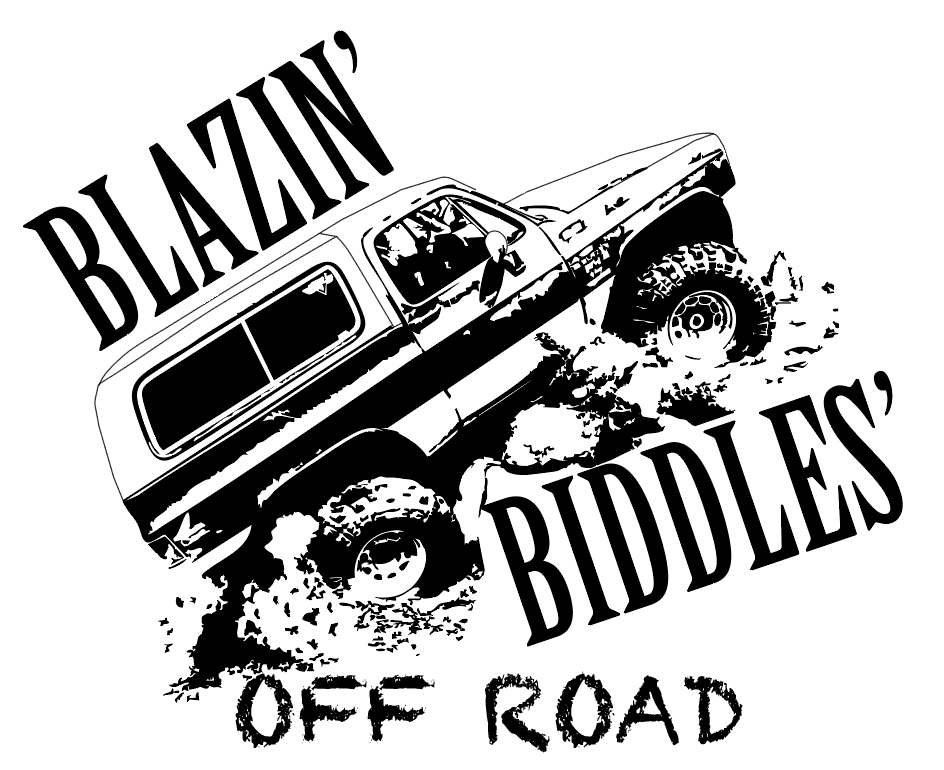Squarebody Chevy Engine Guide (1973–1987)
Complete Factory Engine Options and VIN Decoder for Chevrolet and GMC C/K-Series Trucks
Between 1973 and 1987, Chevrolet and GMC Squarebody pickups, Blazers, Jimmys, and Suburbans were offered with a wide range of factory engines. From dependable inline-sixes to torque-heavy big blocks and early diesel experiments, these options shaped the identity of the Squarebody era.
This guide covers every factory engine offered, how to identify them, and what you need to know if you’re restoring, maintaining, or planning an engine swap.
Inline-Six Engines
250 CID (4.1L) Inline-Six
- Years: 1973–1984
- Strengths: Simple, reliable, strong low-end torque, efficient for its time
- Weaknesses: Limited horsepower, not ideal for heavy hauling or highway use
- Common Issues: Timing gear wear, rear main seal leaks, valve cover gasket seepage
292 CID (4.8L) Inline-Six
- Years: 1973–1989 (often in heavier-duty trucks)
- Strengths: Greater torque than the 250, strong bottom end, durable workhorse
- Weaknesses: Heavier and less fuel efficient than the 250
- Common Issues: Cracked exhaust manifolds, valve train wear
Small Block V8 Engines
305 CID (5.0L) V8
- Years: 1976–1987
- Strengths: Affordable, good fuel economy for a V8, widely available
- Weaknesses: Modest power output, limited towing capacity
- Common Issues: Flat cam lobes, carbon buildup, oil consumption
307 CID (5.0L) V8
- Years: 1973 only
- Strengths: Classic small block design, decent low-end torque
- Weaknesses: Outdated quickly, minimal aftermarket support
- Common Issues: Oil leaks, worn valve guides
350 CID (5.7L) V8
- Years: 1973–1987
- Strengths: The most popular Squarebody engine, versatile, vast aftermarket support, reliable
- Weaknesses: Later versions were detuned for emissions regulations
- Common Issues: Timing chain wear, valve seal failure, oil leaks
Big Block V8 Engines
366 CID (6.0L) Big Block
- Years: Used mainly in medium- and heavy-duty trucks
- Strengths: Built for constant hauling and heavy loads
- Weaknesses: Rare in light-duty Squarebodies
- Common Issues: Valve seat wear, fuel delivery problems
396/402 CID (6.5L) Big Block
- Years: 1973–1974 (the 402 was a renamed 396)
- Strengths: Excellent torque, muscle-era character
- Weaknesses: Heavy, very poor fuel economy
- Common Issues: Cooling issues, camshaft wear
454 CID (7.4L) Big Block
- Years: 1973–1987 (primarily in 3/4-ton and 1-ton trucks)
- Strengths: Massive torque, outstanding for towing, strong aftermarket availability
- Weaknesses: Heavy, fuel-thirsty, expensive to rebuild
- Common Issues: Cracked cylinder heads (early castings), weak emissions components
Diesel Engines
5.7L Oldsmobile Diesel V8
- Years: 1978–1981
- Strengths: Marketed as a fuel-efficient option during fuel crises
- Weaknesses: Poor design, infamous for unreliability
- Common Issues: Cracked blocks, blown head gaskets, weak head bolts
6.2L Detroit Diesel V8
- Years: 1982–1987
- Strengths: Good fuel economy, reliable torque for light towing, used in military CUCV trucks
- Weaknesses: No turbocharger, slow acceleration, noisy operation
- Common Issues: Cracked heads, starter failures, glow plug system issues
How to Identify Your Engine
1. VIN Number (1981–1987 trucks)
- The 5th digit identifies the engine type:
- H = 305 V8
- M = 350 V8
- N = 454 V8
- J = 250 I6
- L = 292 I6
- F = 6.2 Diesel
2. Engine Code Stamp
- Found on a pad on the passenger-side front of the block.
- Example:
V0103TBC - V = Flint, MI assembly plant
- 0103 = January 3rd build date
- TBC = suffix code (engine spec/year)
3. Casting Numbers
- Located on the rear driver’s side of the block or beneath the distributor.
- Confirms displacement and year.
4. RPO Codes (1973–1980 trucks)
- Found on the glovebox Service Parts Identification (SPID) label or emissions sticker under the hood.
Tips for Restorers and Builders
- Original numbers-matching engines add value to collector trucks.
- The 350 V8 is the best all-around choice for performance, reliability, and affordability.
- The 454 big block is unmatched for towing or heavy-duty builds.
- Inline-sixes make dependable daily drivers but lack highway performance.
- The 5.7 diesel is widely considered a failure—avoid unless originality is your goal.
Final Thoughts
From inline-sixes and small blocks to big-block V8s and early diesels, Squarebody Chevys offered one of the broadest engine lineups in GM truck history. Knowing how to decode your VIN, read casting numbers, and understand each engine’s strengths and weaknesses is critical for restoration, maintenance, or planning a swap.
This guide provides a complete reference for all factory engines used in Chevrolet and GMC C/K-Series trucks from 1973 through 1987. Whether you’re keeping your truck original or planning an upgrade, the right knowledge will help you get the most out of your Squarebody.
